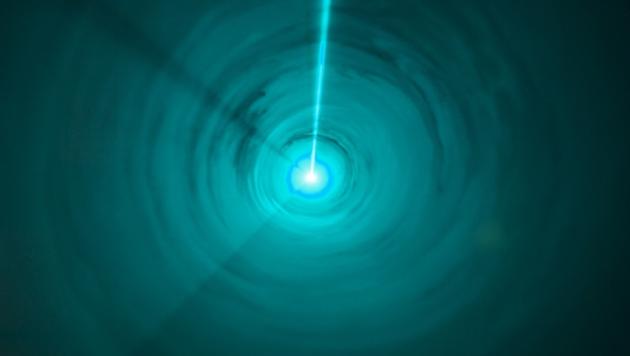These German Scientists May Have Broken Newton's Third Law
Oct 16, 2013 19:03

Newton's Third Law of Motion states that for every action, there is an equal and opposite reaction. Now, a group of German scientists have just broken that law.
Their experiment lets light accelerate all by itself. The discovery could bring us faster electronics in the near future.
The trick involves fiddling with the mass of photons, which is no walk in the park. The particles are believed not to have mass at all and requires a form of negative mass.
The German scientists created an optical diametric drive, which calls for an object with positive mass to collide with an object with negative mass, causing both to accelerate forever in the same direction.
Diametric drives are difficult to build because there's no such thing as an object with negative mass, at least not one that scientists have observed.
To get around this, the Germans used photons to create something called effective mass. This is what a particle seems to have when it's responding to forces, and there is such a thing as negative effective mass. They used a series of laser pulses through two loops of fiber optic cables that connect at a contact point. As they traveled through the different sized loops at different times, they share photons creating an interference that gives them effective mass, some of which were positive and some negative.
The pulses accelerate in the same direction after that.
The process is really complicated. But it could make computers, communication networks and more faster and more powerful in the future too. Still, this is all residing in a lab for now. It'll be a while before we get anything that's blazing fast. [Nature Physics via New Scientist]







































































